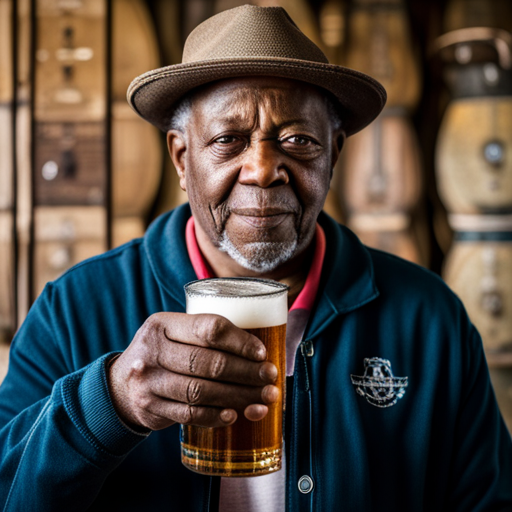A Walk through History and Race in Beer City USA
Introduction
Beer City USA, otherwise known as Grand Rapids, Michigan, is a hidden gem in the Midwest. It has a rich history, from its founding in 1826 to becoming the furniture-manufacturing capital of the world in the early 20th century. However, it is not only its industrial past that makes this city intriguing; it is also a place where history and race intersect in profound ways.
The Historical Significance
Grand Rapids was once inhabited by Native American tribes, primarily the Ottawa, Ojibwe, and Potawatomi peoples. The city’s location, nestled along the Grand River, influenced its growth and development. From a small fur trading outpost, it evolved into a thriving hub for industry and commerce.
The furniture industry played a pivotal role in shaping Grand Rapids’ history. The city became a pioneer in the production of high-quality furniture, turning it into a mecca for skilled craftsmen and a powerhouse of manufacturing. The legacy of this era can still be seen today through numerous historic furniture factories and beautifully preserved furniture pieces.
Unveiling the Role of Race
Alongside its industrial achievements, Grand Rapids also grapples with racial disparities that stem from its history. During the early 20th century, many African Americans migrated northward during the Great Migration in search of better opportunities and to escape the oppressive Jim Crow laws of the South.
However, despite their aspirations, Black residents of Grand Rapids were often subject to discrimination, segregation, and limited opportunities. They faced challenges in finding housing, securing employment, and receiving quality education. Redlining, a discriminatory housing practice, further intensified racial divides, with many neighborhoods unnecessarily divided along racial lines.
A Celebration of Diversity
Thankfully, the city of Grand Rapids has made substantial efforts to address its historical racial inequalities. In recent years, organizations and initiatives have emerged that aim to foster diversity and inclusivity within the city.
ArtPrize, an annual public art event, brings together a diverse group of artists and visitors to celebrate creativity and cultural expression. The Grand Rapids African American Museum and Archives serves as an educational resource and cultural hub, highlighting the history and achievements of African Americans in the region. Additionally, local breweries have actively sought to create welcoming spaces for all, promoting diversity within the craft beer community.
The Path Forward
As Grand Rapids moves forward, it is crucial to acknowledge and address the racial disparities that persist. Initiatives focusing on affordable housing, education reform, and equitable economic development play a vital role in creating a more inclusive and supportive community for all residents.
By embracing diversity, promoting dialogue, and fostering understanding, Grand Rapids can continue to evolve as a city that celebrates its history while actively working towards a more equitable future.






